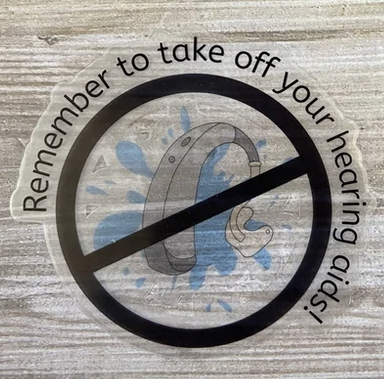Can Hearing Loss Be Cured?
That is the critical question we’re trying to answer. Here’s what we know.
Most forms of hearing loss occur when sensory hair cells in the inner ear are damaged or die. When sound enters the outer ear via the auditory canal and is transmitted to the eardrum, the sound waves cause the ear drum to vibrate. These vibrations are then transmitted via three tiny bones called the malleus, incus, and stapes—informally known as the hammer, anvil, and stirrup—through what is called the oval window into the inner ear.
The oval window conveys vibrations into the fluid that fills this inner portion of the ear, which also contains the snail-shaped cochlea and within that the organ of Corti (named for the Italian scientist who discovered it). This contains an ordered array of tiny cells with hairlike structures protruding from their surfaces. When the vibrations cause these hair cells to bend, they in turn create nerve impulses that are transmitted to the brain. The brain receives the impulses and interprets them as sound.
Humans are born with a finite amount of hair cells, which do not grow back once damaged.
In Some Species, Hair Cells Can Regrow
In a remarkable discovery, scientists previously funded by Hearing Health Foundation found that birds can regrow their hair cells, and restore their hearing. This was a spectacular result that demonstrated that some species can regenerate their hair cells.
Get Updates in Your Inbox
HHF is the largest nonprofit funder of hearing loss research in the U.S. Following this research discovery, for which HHF funding laid the groundwork, we established the Hearing Restoration Project, the first international scientific research consortium dedicated to unraveling how to regrow hair cells in humans.
Our Hearing Restoration Project scientists are using a multispecies model to better understand hair cell regeneration (the chick, fish, and mouse, the latter a mammal, which will provide better indications of how any regeneration process might eventually work in humans). We have since learned that when the hair cells in a chick or a fish are damaged, within a short time—days or weeks—new hair cells are formed from surrounding cells called supporting cells.
We have been able to induce hair cell regeneration in mice, but this ability to regenerate hair cells fades once the mice are no longer a very young age. Investigating how hair cells and related cells in the inner ear develop and change over time is leading to an improved understanding of our hearing as well as our balance systems. The balance system also contains hair cells that help us maintain balance and orientation.
Multiple Advances
Bioinformatics uses information management, statistics, and analytical tools to uncover relationships between large sets of data. Our Hearing Restoration Project was instrumental in creating a powerful data analytics and visualization platform to efficiently process and analyze the vast amounts of data being collected by our scientists and others in the ear field.
By leveraging bioinformatics we have not only uncovered genes that may play roles in hair cell regeneration but have also provided an easier way to understand the data visually. These advances in gene analysis are providing specific genetic targets for further analysis.
HRP scientists are also developing cochlear organoid models for testing that help reduce the challenge of accessing the inner ear for study and testing.
Ultimately our goal is to apply all this knowledge to mammals, advancing us closer to the goal of hearing restoration in humans.
Get the Latest Research Updates
Sign up here for all of Hearing Health Foundation’s news updates, including our monthly digital newsletter, quarterly print magazine, and quarterly research webinar.













A practical reference, not a lecture, from a music industry professional on how to protect our first instrument: our hearing.